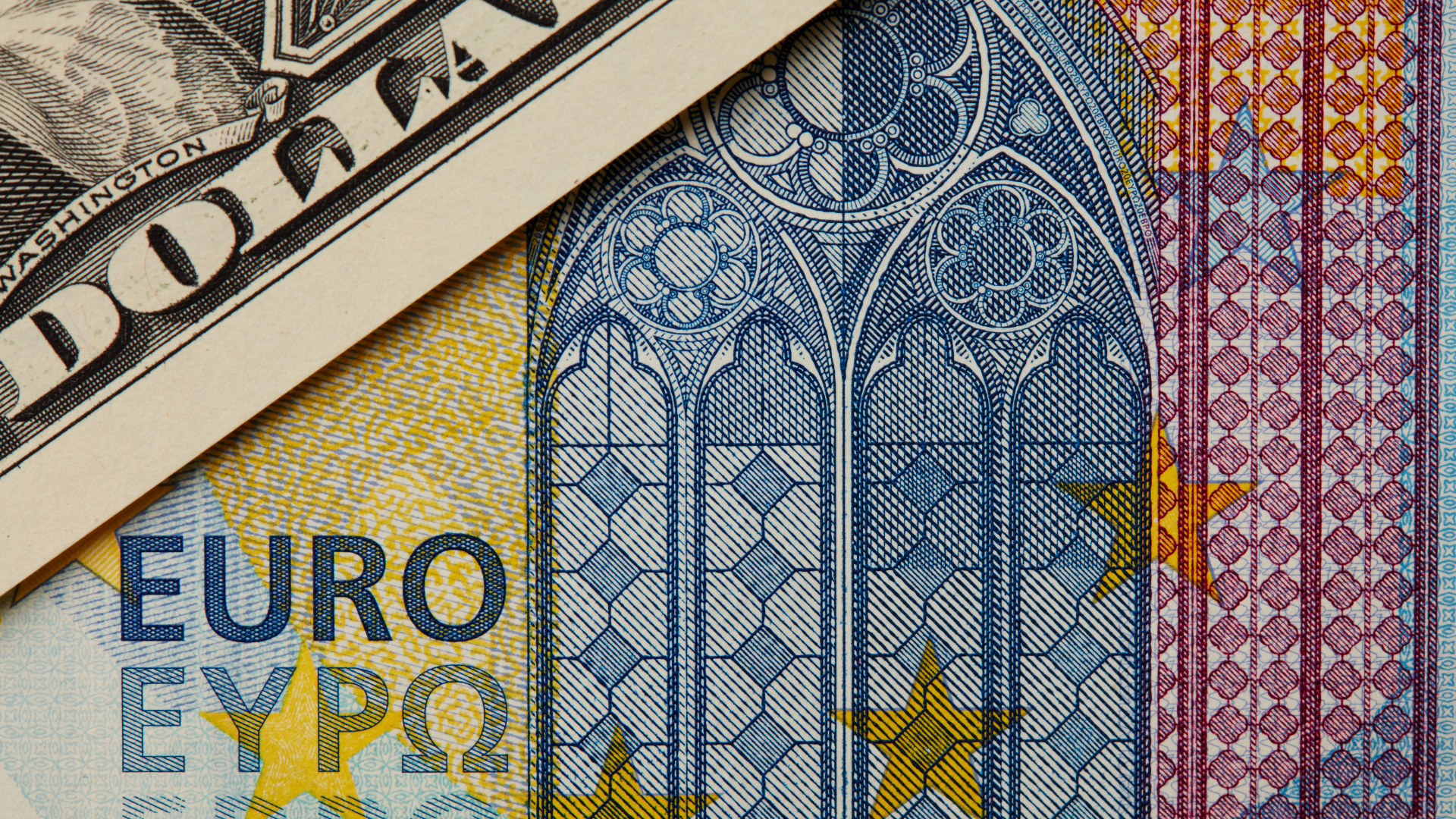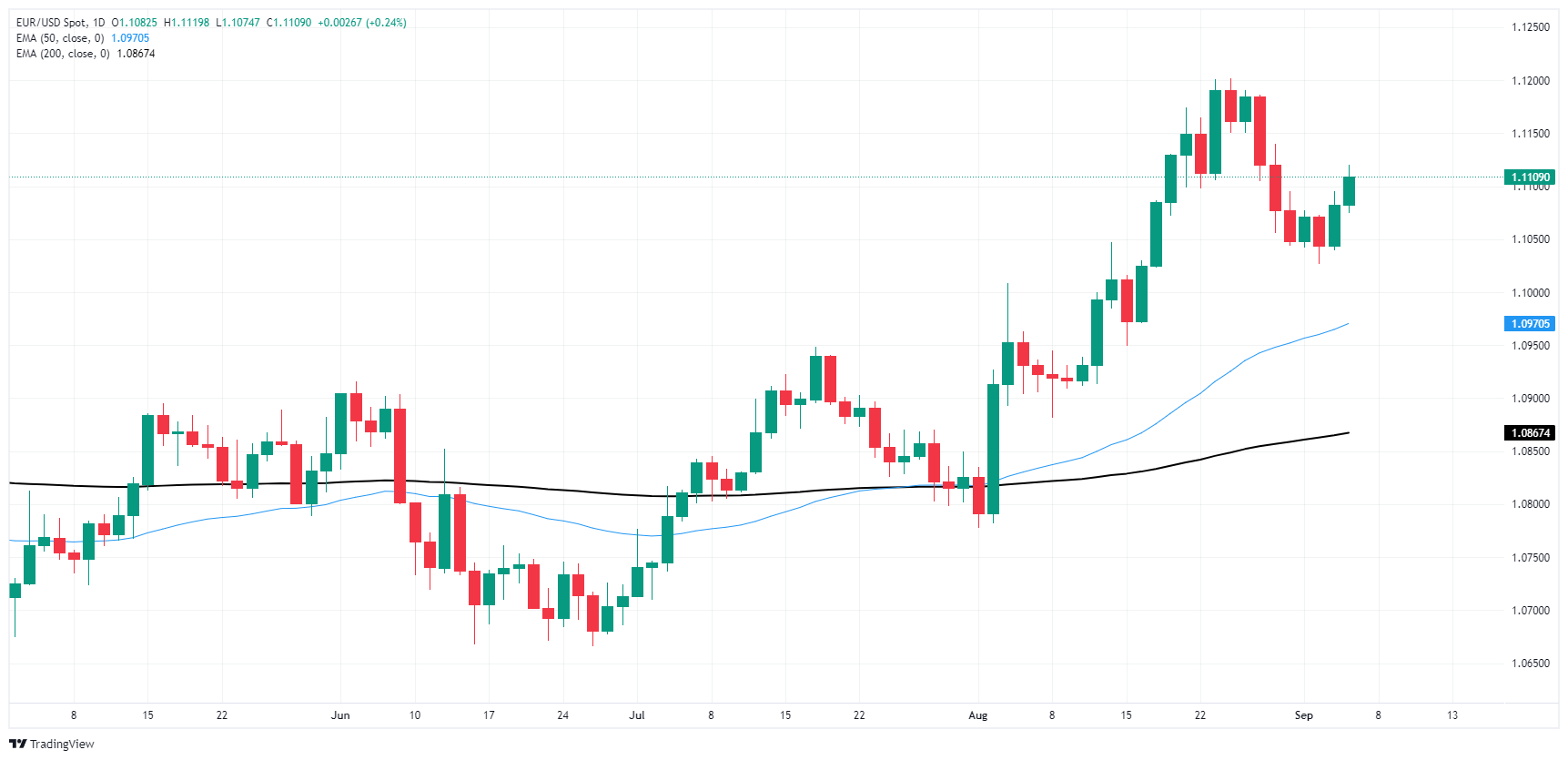
The EUR/USD pair advanced for the second consecutive day on Thursday, reclaiming the 1.1100 level as the U.S. dollar faced broad selling pressure ahead of Friday’s highly anticipated U.S. Nonfarm Payrolls (NFP) report. Investors are searching for further indications that the Federal Reserve (Fed) may initiate a rate-cutting cycle in September, but U.S. data will need to continue showing signs of weakness to keep those hopes alive.
Economic releases from the Eurozone provided little support for the Euro after EU Retail Sales for July fell short of expectations. Year-over-year Retail Sales registered a -0.1% decline for the year ending in July, missing the forecasted rebound to 0.1% and comparing unfavorably to the revised -0.4% contraction from the previous month.
In the U.S., the latest data from payroll processor ADP showed that the economy added just 99,000 new jobs in August, down from a revised 111,000 in July and well below the expected 145,000. This marks the lowest increase since early 2021 and has reignited concerns that the U.S. could be heading towards a recession.
The ADP report is often seen as an early indicator for the NFP report, though its accuracy can be inconsistent. August’s NFP data will provide the last major labor market update before the Fed’s rate decision on September 18, where policymakers are widely anticipated to begin a rate-cutting cycle. The NFP print for August is expected to show an increase of 160,000 jobs, up from 114,000 in the previous month.
According to the CME Group, the rate markets currently indicate a 40% probability that the Fed will implement a 50 basis point (bps) cut later this month, with a 60% chance of a more modest 25 bps reduction. Friday’s NFP data will likely be a critical factor for investors in gauging the extent of the Fed’s first rate cut since March 2020, when it slashed rates by 100 bps.
Despite ongoing challenges, buyers continue to maintain interest, although a full bullish recovery has yet to materialize. The EUR/USD pair recently reached a 13-month high above 1.1200 last week, and a temporary pullback in the dollar has traders scrambling to maintain a bullish stance.
The pair remains comfortably above the 200-day Exponential Moving Average (EMA) at 1.0845, signaling continued bullish momentum. However, EUR/USD still faces potential downward pressure, with sellers targeting levels just above the 50-day EMA at 1.0956.




